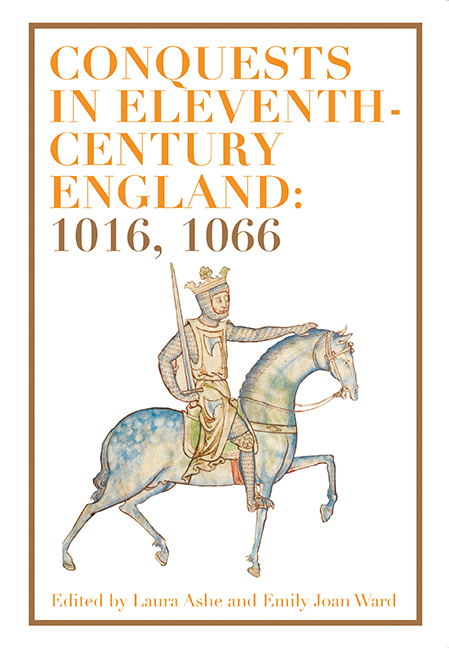16 - England and the Papacy Between Two Conquests: The Shadow of ‘Reform’
Published online by Cambridge University Press: 26 April 2020
Summary
Whichever saints King Harold prayed to on the day he was alive and dead, we may imagine that Pope Calixtus I (217–22) was among them. A figure of scandal in his own time for his permissive attitudes to Roman clerical marriage, within a few hundred years of his death he had become happily misremembered as a classic-type pre-Constantinian martyr. By the late eleventh century, his cult had become – rather ironically – one of many given new impetus in north-western Europe under the rigorous, newly energized ‘reform papacy’ that had come increasingly to dominate continental church politics. The pope's feast fell on 14 October, and it was with his name that the scribe of the Anglo-Saxon Chronicles’ MS D chose to commemorate Hastings. Whatever the implications of invoking a papal saint at that time, his contemporary association with the events of 1066 came, fittingly, at the head of an increasing interest across the manuscripts of the Anglo- Saxon Chronicles in the topic of popes and the papacy, culminating in the decades leading up to the Norman Conquest. If that culmination has been overlooked or little investigated, the problem may lie in historiographical dividing lines. While 1066 remains to some degree the sacred threshold in approaches to eleventh-century English history, much continental historiography finds its point of orientation pushed back a few decades, for better or worse, towards a different kind of transformation: the first steps of the papal-led ‘reform’ movement beginning around 1046. In histories of the German Reich and Rome it has formed part of the master narrative; for France, it tends to be the point around which ‘mutationist’ historiography comes to an end; for Iberia, so too has it correlated with classical schemata of reconquista and la apertura a Europa.
Yet 1046 fits a little uneasily into traditional English frameworks. Accordingly, England's own engagement with the extraordinarily energetic phase of papal activity that preceded the Conquest by two decades tends to find itself neglected, or is seen only in the shadow of the better-known – if considerably different – programmes of Lanfrancian renewal pursued under the post-Conquest regime.
- Type
- Chapter
- Information
- Conquests in Eleventh-Century England: 1016, 1066 , pp. 307 - 330Publisher: Boydell & BrewerPrint publication year: 2020



